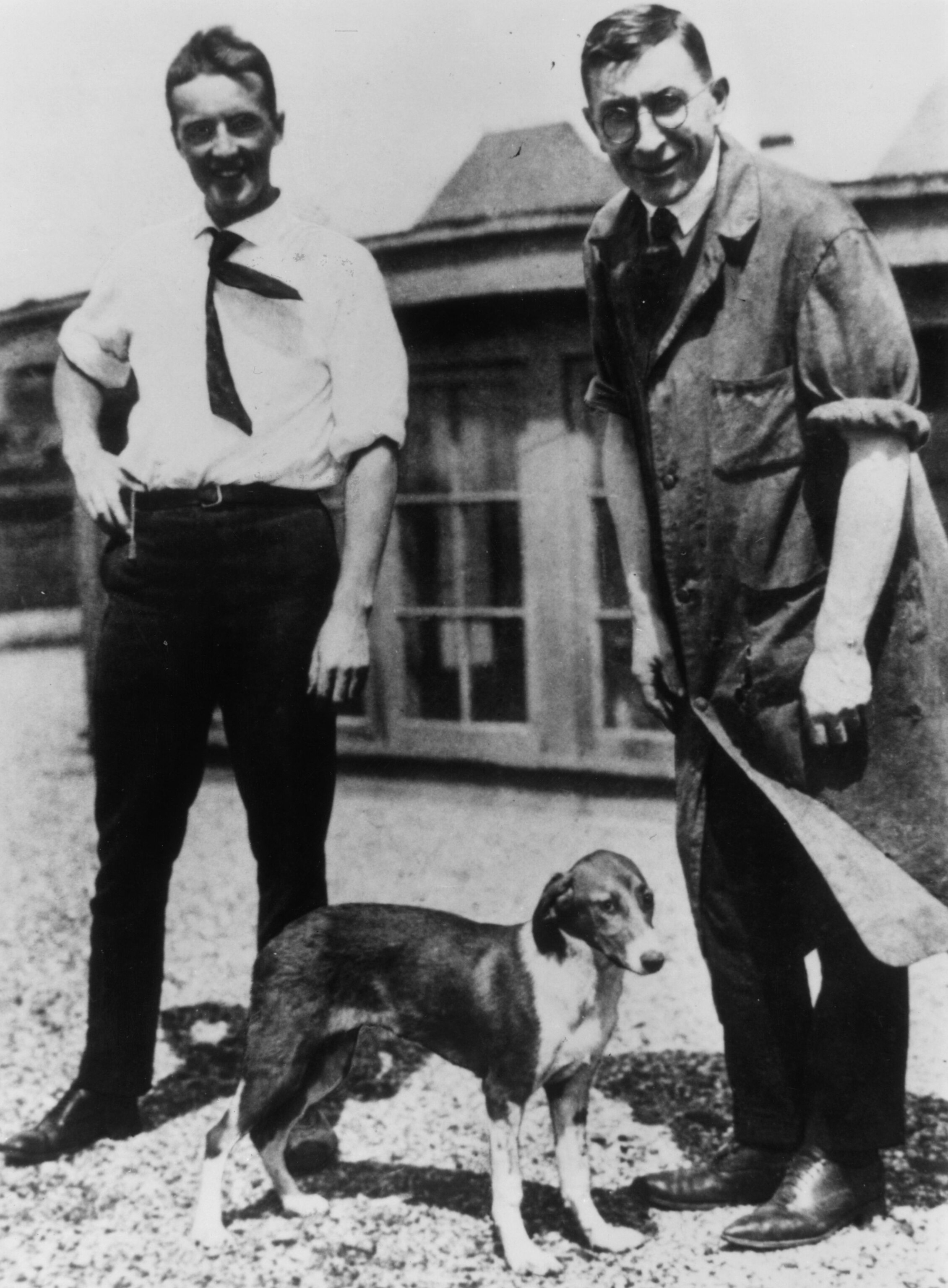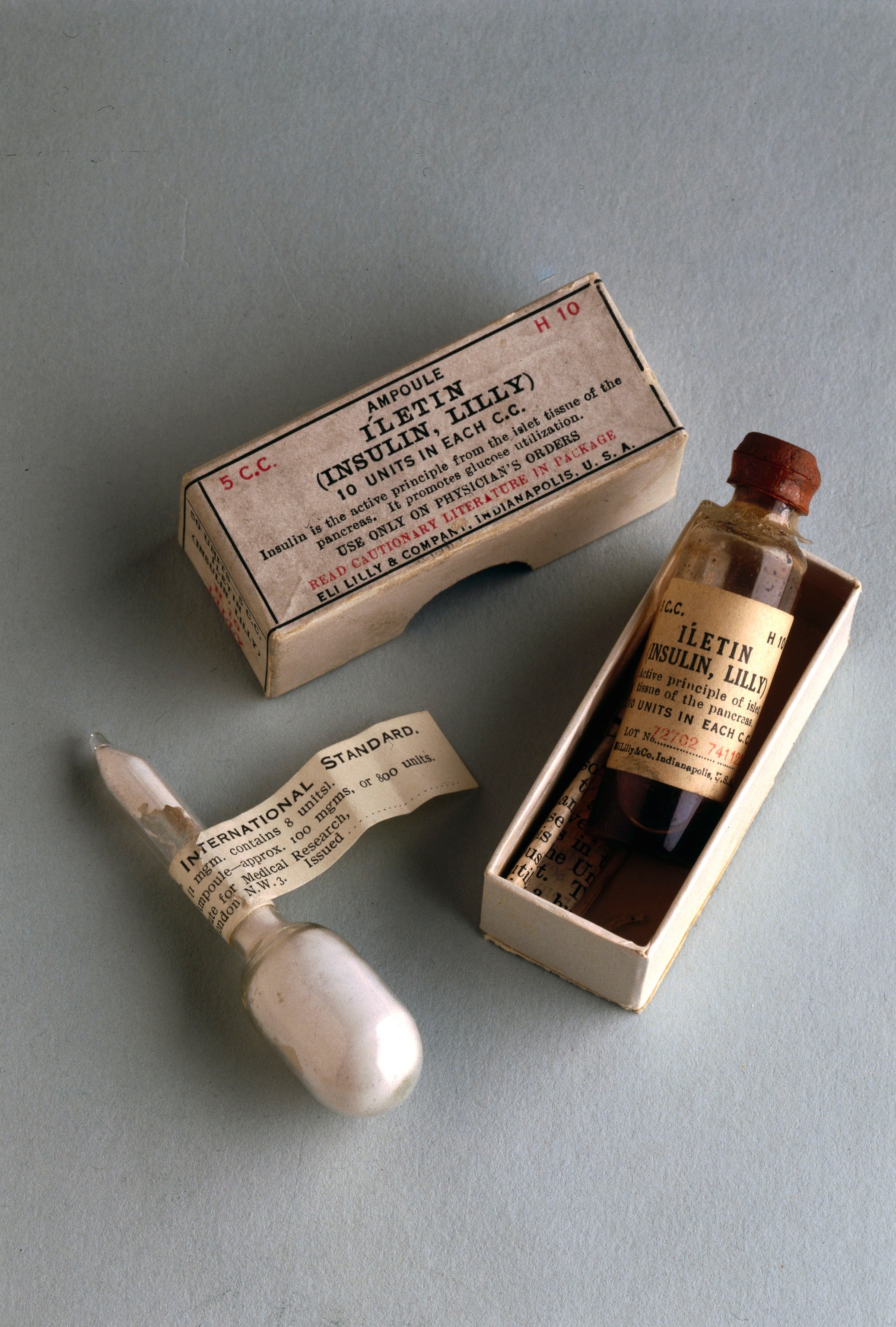Diabetes is a disorder of carbohydrate metabolism whose earliest known documentation appears in an Egyptian text circa 552 BC. From then until the 20th century, a diabetes diagnosis was a death sentence realized within weeks or months. Without understanding the underlying mechanisms of the disease, physicians could only treat symptoms. Often, the prescription for diabetes was a “starvation diet,” which eliminated all but the most necessary carbohydrates.

Fast forward to today, and diabetes is a chronic condition with which patients can live full lives. The evolution of diabetes from fatal disease to manageable condition demonstrates how the process of science is iterative, that is, continually circling back to build upon earlier discoveries. The iterative nature of science enabled diabetes researchers to dig deeper, expand their understanding, and produce ever-better treatments, including the genetically engineered insulin therapies used today.
In 1890, researchers discovered the link between the pancreas and diabetes symptoms. Normally, the pancreas makes an important protein called insulin, a hormone that regulates blood glucose, or sugar, the body’s main source of energy. In people with diabetes, the body does not make enough insulin, produces none at all, or does not properly use insulin. This causes high blood glucose levels—a dangerous condition that can lead to heart disease, painful diabetic neuropathy (a gradual deterioration of peripheral nerves), blindness, kidney disease or failure, and lower-extremity amputations.


In the early 1920s, Frederick Banting and his student assistant Charles Best discovered insulin under the directorship of John Macleod at the University of Toronto. With further help from James Collip, the research team developed a purified extract from animal pancreatic insulin cells that could be injected into people with diabetes. Banting and Macleod were awarded the Nobel Prize in Physiology/Medicine in 1923. The new medicine markedly extended the lives of people with diabetes.
While diabetes was no longer a death sentence, the early insulin medications were extracted from animals and, therefore, difficult to produce, painful to inject, and prone to triggering allergic reactions. As the field of medicine advanced, improvements in the duration of action, effectiveness, and safety of insulin proved to be a bellwether for overall modern medical progress.
Insulin played a prominent role in several scientific discoveries. For example, insulin was the first protein to be sequenced, a process by which scientists examine its amino acid structure. The achievement, accomplished in 1955 by British biochemist Frederick Sanger—and garnering him the Nobel Prize in Chemistry in 1958—launchedan area of science that has been hugely important to the discovery of new medicines.

In 1963, insulin became the first protein to be chemically synthesized. Fifteen years later, when researchers discovered how to genetically alter bacteria to produce an exact copy of human insulin, it became the first human protein to be manufactured through biotechnology. The achievement meant scientists no longer had to rely on animals to produce the medicine, reducing allergic reactions and improving effectiveness. It also meant insulin was part of the earliest wave of biologics, a growing field of medicine that is changing the way we treat many autoimmune conditions such as asthma and juvenile arthritis, and diseases including cancer.
In recent decades, researchers have refined and honed insulin to make it more stable, longer-lasting, and easier to inject. In the 1996, the Federal Drug Administration approved the first precisely engineered insulin analog, which is more physiologic and closely mimics the behavior of insulin produced in a patient without diabetes. Engineered insulin analogs improved diabetes control and reduced or delayed complications. Today, biopharmaceutical research companies continue to research new options for diabetes patients.
Insulin provides an excellent example of the iterative nature of medical research. Its discovery, for example, laid the foundation for protein sequencing, which provided the map necessary for the complex process of protein synthesis. In addition, today’s insulin medications and diabetes research incorporate advancements in genetics—a field believed to be in its earliest stages of changing how we design and produce new medicines.
Learn more about biopharmaceutical innovation, including the breakthrough discoveries used to treat diabetes.




